EmDeplo Morphogenesis
EmDeplo Morphogenesis
Ana Cocho Bermejo
Thesis submitted in the fulfilment of the requirements for the degree of Doctor in
ARCHITECTURE TECHNOLOGY, CONSTRUCTION AND URBANISM
Barcelona Tech, April 2012

This thesis by Ana Cocho Bermejo, will argue about the importance of Dynamic Parametric Architecture versus Static Parametric Architecture. Describing the architectonical and the algorithmic context within which the Emergency Deployable System emerged, it will be discussed the importance of adaptability as the missing concept of parametric architecture.
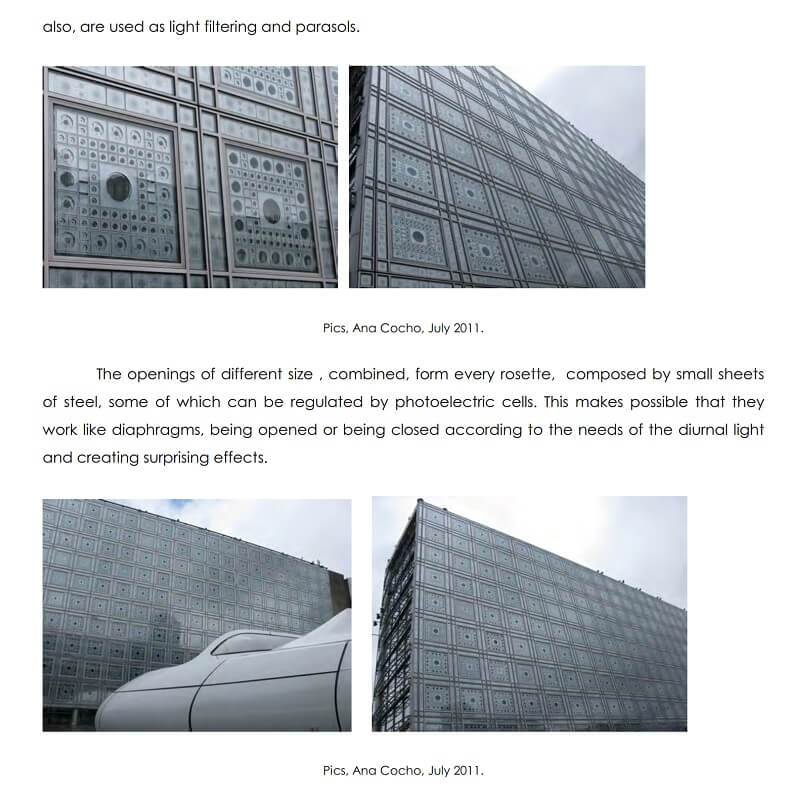 Developing the concept of Human Oriented Parametric architecture, it will be discussed the need of implementing time as the lost parameter in current design techniques. Using the media-tic building, of the Spanish architect Enrique Ruiz Geli, as an example of a current design that tries to implement new technologies and parametric ideas in its design process, it will be explained the idea of the need of the building of working with the environment, not defending against it as the basis for a good adaptability.
Developing the concept of Human Oriented Parametric architecture, it will be discussed the need of implementing time as the lost parameter in current design techniques. Using the media-tic building, of the Spanish architect Enrique Ruiz Geli, as an example of a current design that tries to implement new technologies and parametric ideas in its design process, it will be explained the idea of the need of the building of working with the environment, not defending against it as the basis for a good adaptability.
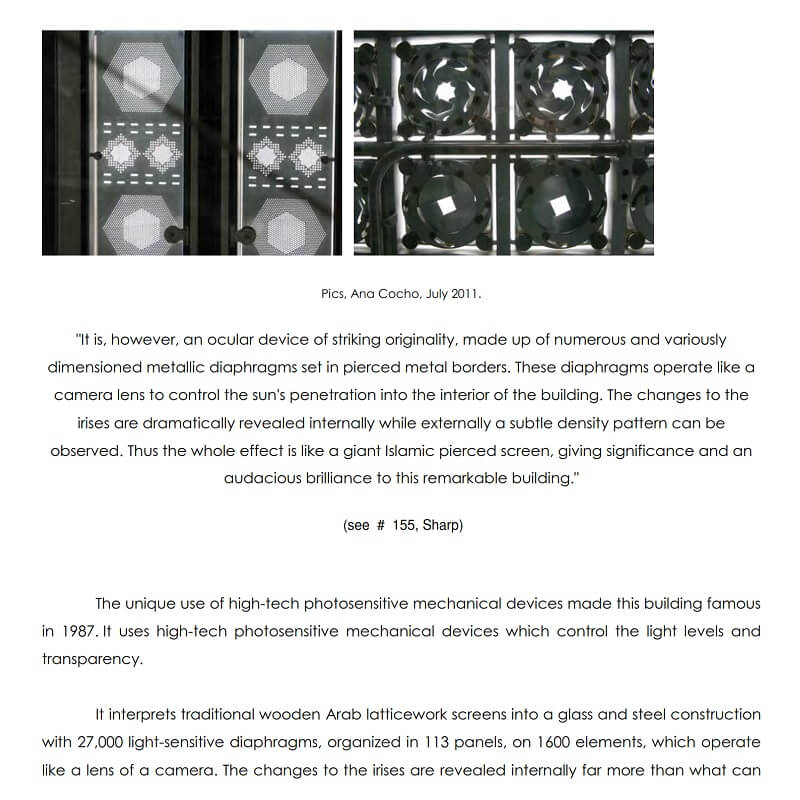 Geli’s design is currently using 104 Arduino chips for an individual control and performance of the 104 ETFE pillows of the building façade. Through the creation of a virtual stimulus-reaction model of the system façade versus a model in which machine learning have been implemented for a better environmental performance, the efficacy on insulation of both models will be compared.
Geli’s design is currently using 104 Arduino chips for an individual control and performance of the 104 ETFE pillows of the building façade. Through the creation of a virtual stimulus-reaction model of the system façade versus a model in which machine learning have been implemented for a better environmental performance, the efficacy on insulation of both models will be compared.
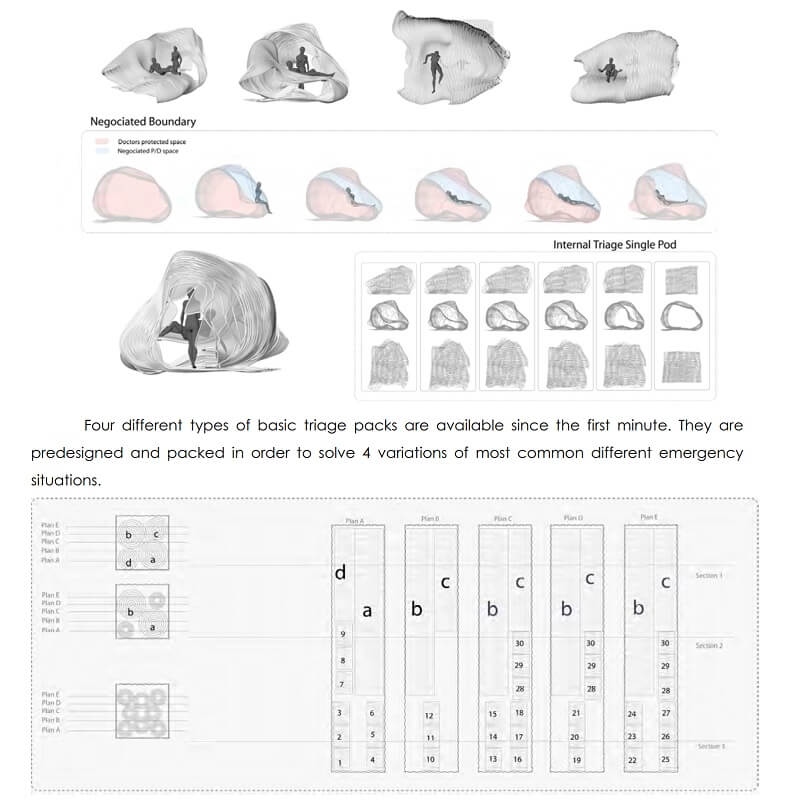 Morphogenetic processes idea will be discussed through also the principle of an adaptable membrane, as the thought solution for future architecture design processes improvement. A model implementing a unique Arduino on the façade, will control the performance of the façade patterns, through, an Artificial Neural Network that will decide the kind of scenario the building is in, activating a Genetic Algorithm that will optimize insulation performance of the ETFE pillows.
Morphogenetic processes idea will be discussed through also the principle of an adaptable membrane, as the thought solution for future architecture design processes improvement. A model implementing a unique Arduino on the façade, will control the performance of the façade patterns, through, an Artificial Neural Network that will decide the kind of scenario the building is in, activating a Genetic Algorithm that will optimize insulation performance of the ETFE pillows.
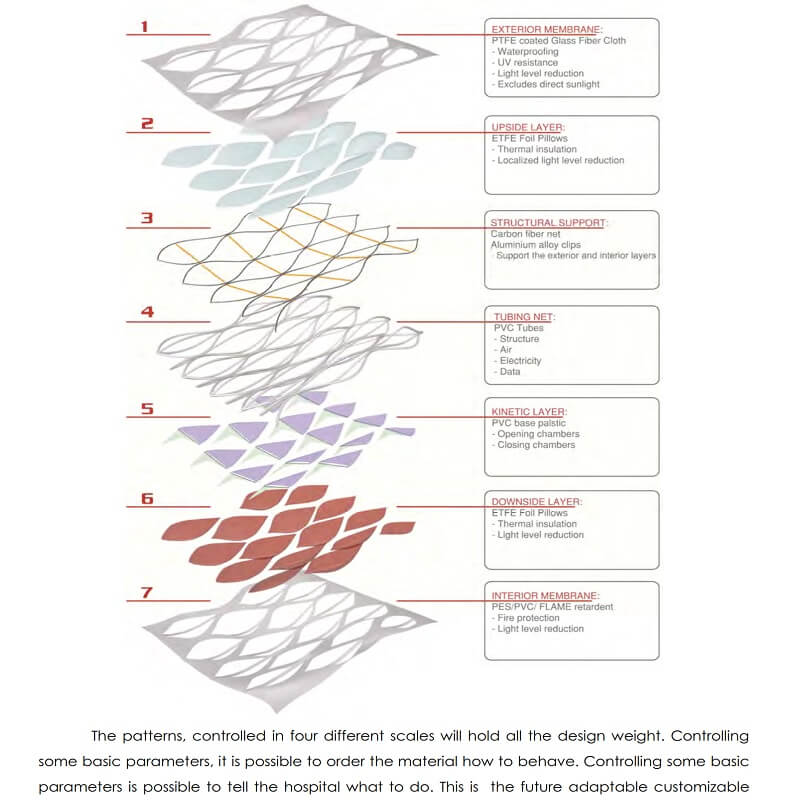 The final virtual model will be able to obtained the goal proposed, for this thesis, a homogeneous temperature in all the spaces of the building of 22ºC. The maximum thermal optimization obtained, nevertheless, appears if the opening of the pillows is free within and interval of 0 and 1 m thickness.
The final virtual model will be able to obtained the goal proposed, for this thesis, a homogeneous temperature in all the spaces of the building of 22ºC. The maximum thermal optimization obtained, nevertheless, appears if the opening of the pillows is free within and interval of 0 and 1 m thickness.
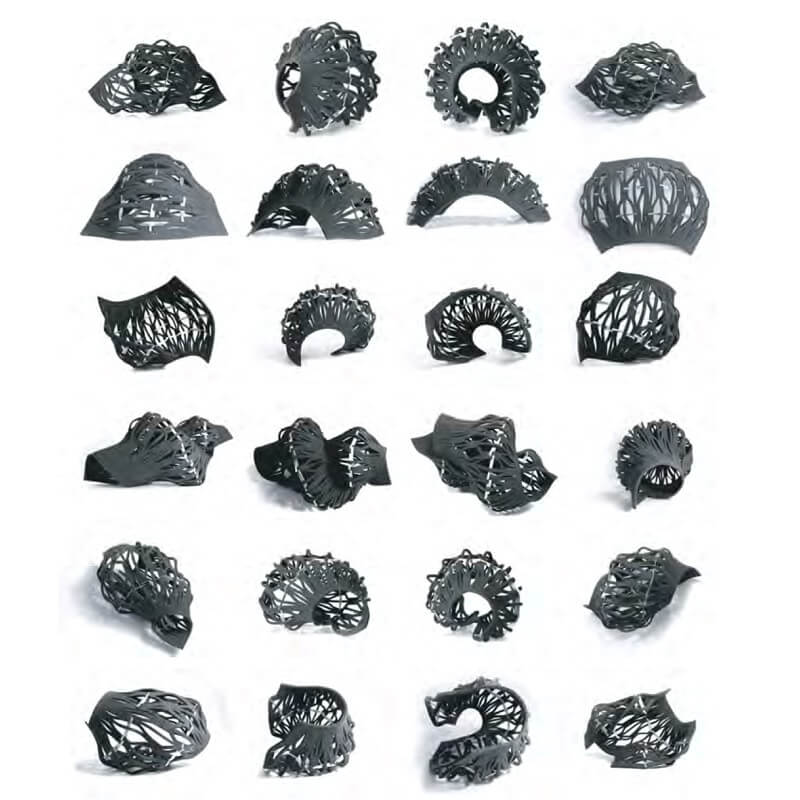 The constrains of the opening of the ETFE pillows to three positions, will be demonstrated more effective than a just stimulus-reaction behaviour, but also, much less effective that an unconstrained façade system. The EmDeplo System will work with a Global behaviour, pattern performance of the façade, but also with a local behaviour for each pillow, giving the option of individual sun shading control.
The constrains of the opening of the ETFE pillows to three positions, will be demonstrated more effective than a just stimulus-reaction behaviour, but also, much less effective that an unconstrained façade system. The EmDeplo System will work with a Global behaviour, pattern performance of the façade, but also with a local behaviour for each pillow, giving the option of individual sun shading control.
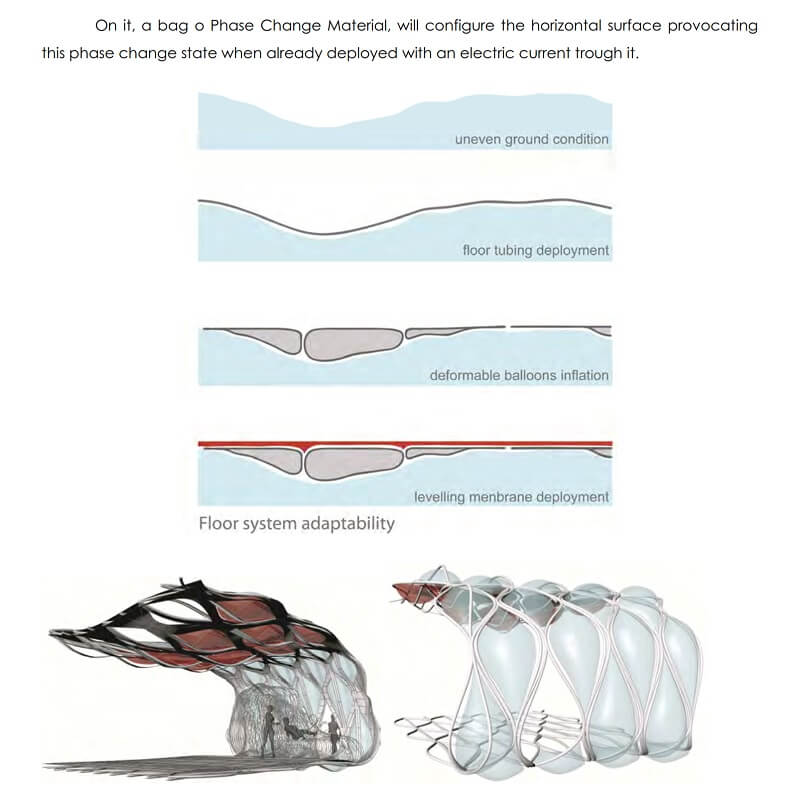 Machine learning implementation will give the façade the possibility to learn from the efficacy of its decisions through time, eliminating the need of an on-off behaviour for defending against the environment. Instead it will work with it, adapting to it, and evolving with its variabilities.
Machine learning implementation will give the façade the possibility to learn from the efficacy of its decisions through time, eliminating the need of an on-off behaviour for defending against the environment. Instead it will work with it, adapting to it, and evolving with its variabilities.
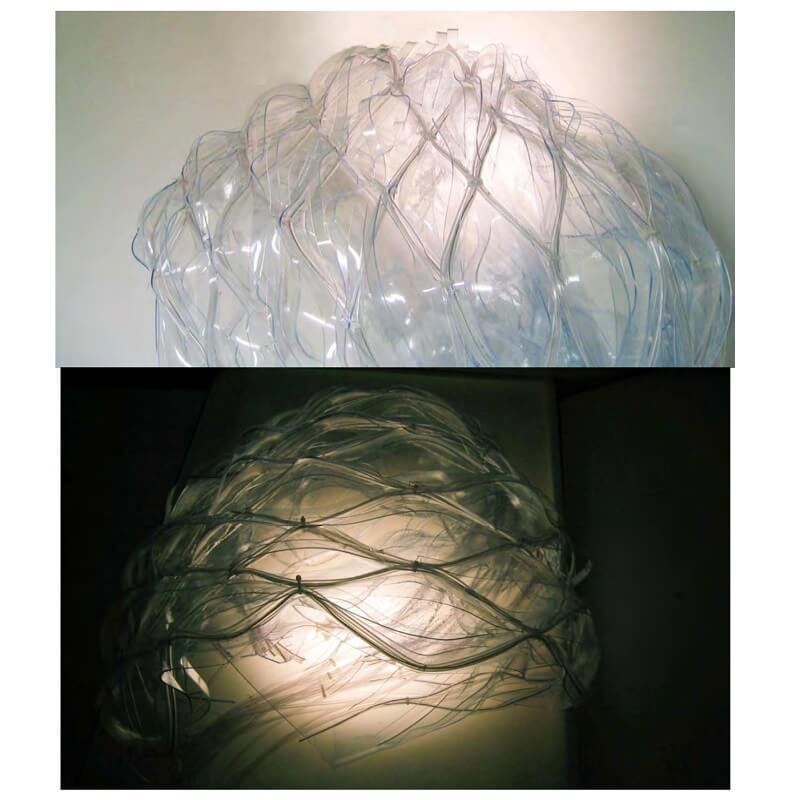
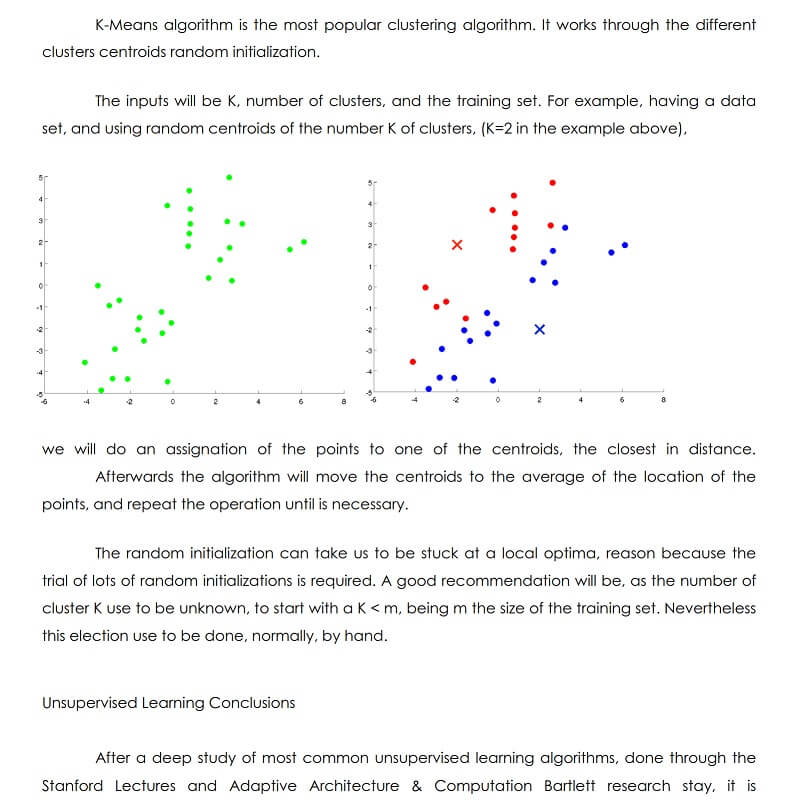
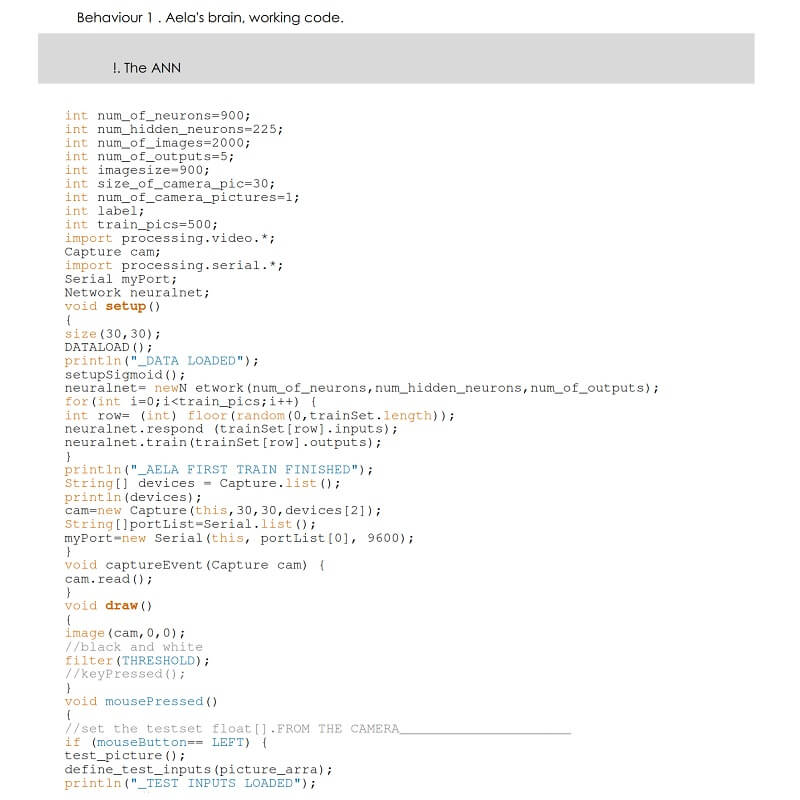




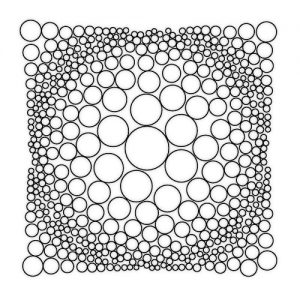























Comments